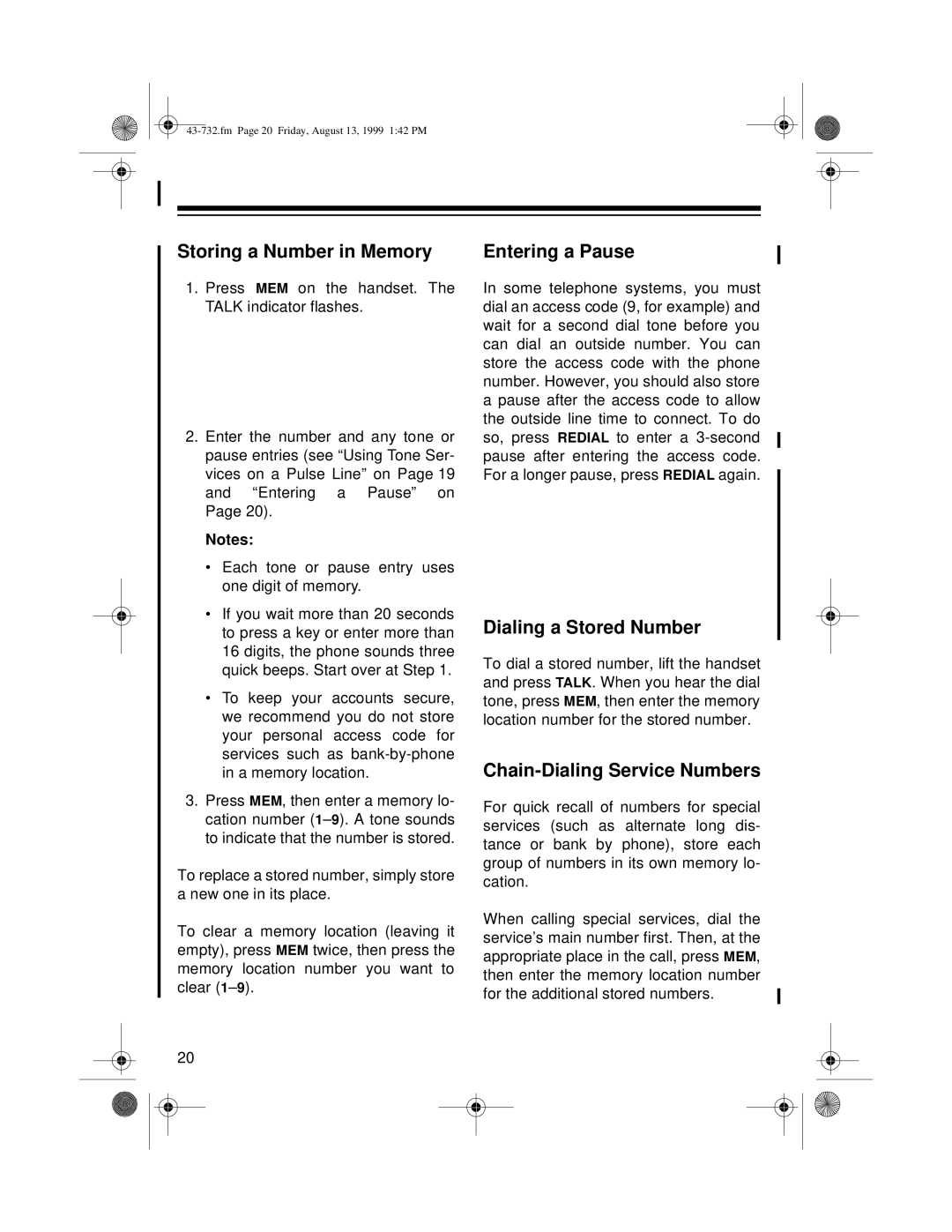TAD-732 specifications
The GE TAD-732 is a noteworthy entry in the world of gas turbine technology, renowned for its efficiency and performance in power generation applications. This advanced turbine is part of a broader family of gas turbines designed and manufactured by General Electric (GE), a leading industrial conglomerate with a long history in energy solutions.One of the hallmark features of the TAD-732 is its high thermal efficiency. The turbine is engineered to deliver performance improvements, allowing operators to maximize their energy output while minimizing fuel consumption. This efficiency is achieved through an optimized aerodynamics design, which enhances airflow and improves combustion processes. The result is a turbine that not only meets but often exceeds the stringent energy demands of modern power plants.
The TAD-732 incorporates advanced technologies, including state-of-the-art materials that can withstand high temperatures and pressures. These materials contribute to a longer operational life and reduced maintenance needs, which is essential for utilities operating in a competitive market. Additionally, the turbine employs sophisticated control systems that optimize performance across various operating conditions, ensuring stable and reliable electricity generation.
Another significant characteristic of the TAD-732 is its modular design. This feature allows for easier installation and maintenance, enabling operators to quickly adapt to changing energy demands or replace components with minimal downtime. The modularity extends to the turbine's capacity, where configurations can be adjusted based on the specific requirements of the power generation facility.
Moreover, the TAD-732 aligns with modern environmental standards. It is designed to operate with lower emissions, making it suitable for applications in regions where environmental regulations are stringent. This commitment to sustainability not only benefits the environment but also ensures compliance for power plant operators.
In summary, the GE TAD-732 gas turbine is a powerful solution in the energy sector, showcasing high thermal efficiency, advanced materials, and flexible design capabilities. Combined with its environmentally friendly operation, the TAD-732 represents a significant step forward in gas turbine technology, making it an asset in the quest for reliable and sustainable power generation. As the energy landscape evolves, the TAD-732 continues to be a key player in meeting the global demand for cleaner and more efficient energy solutions.

